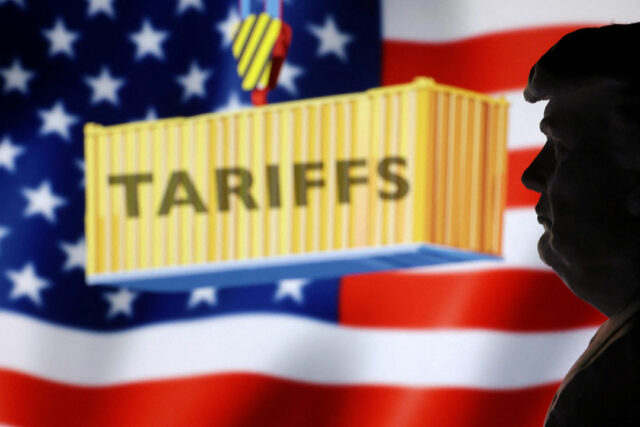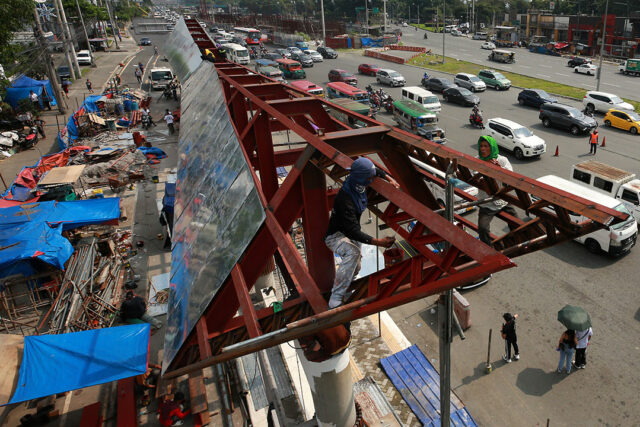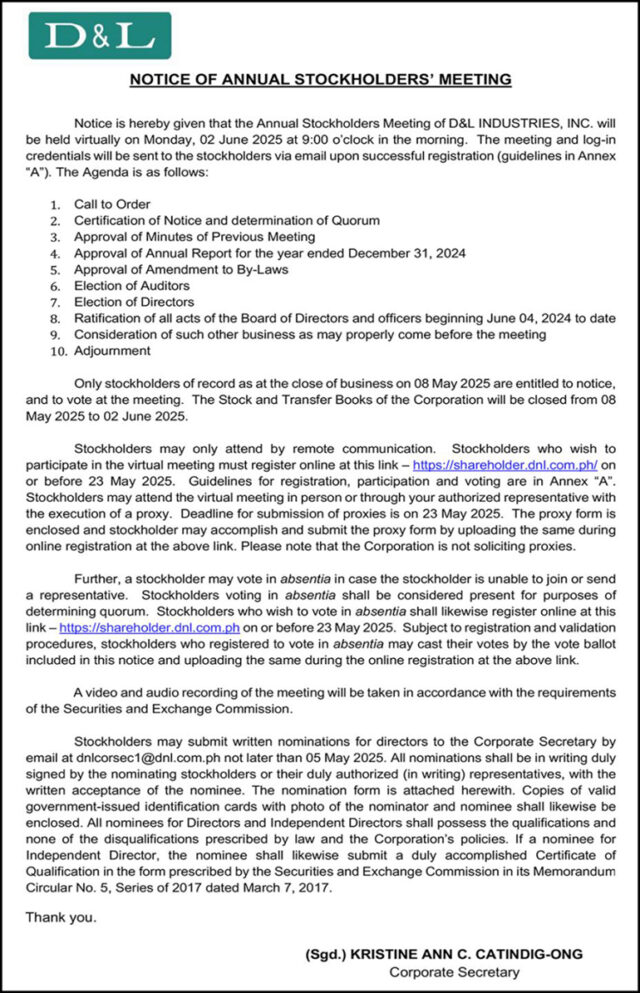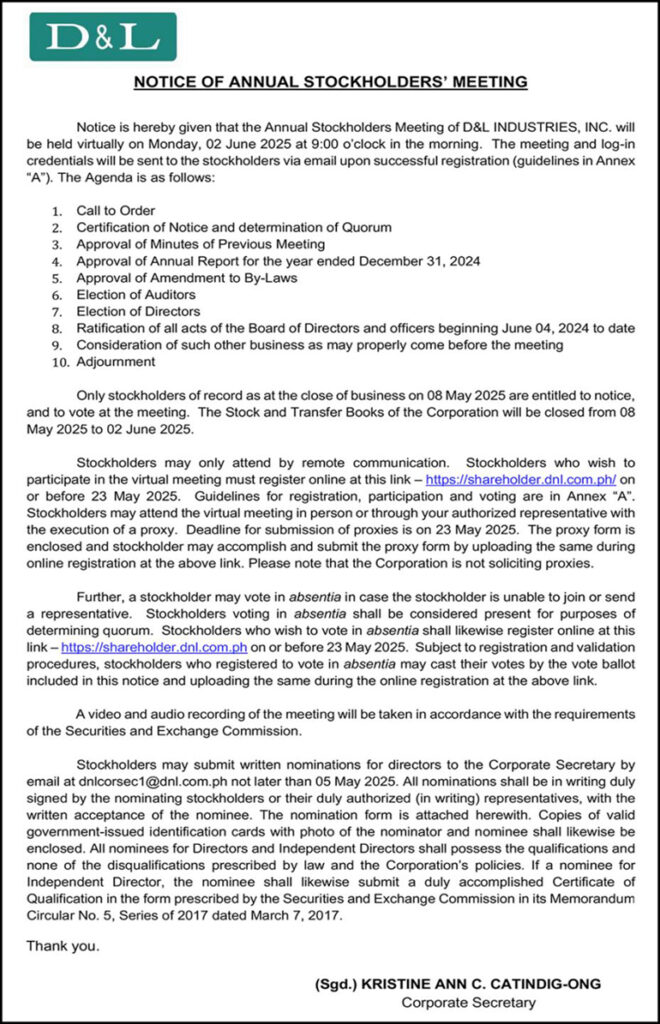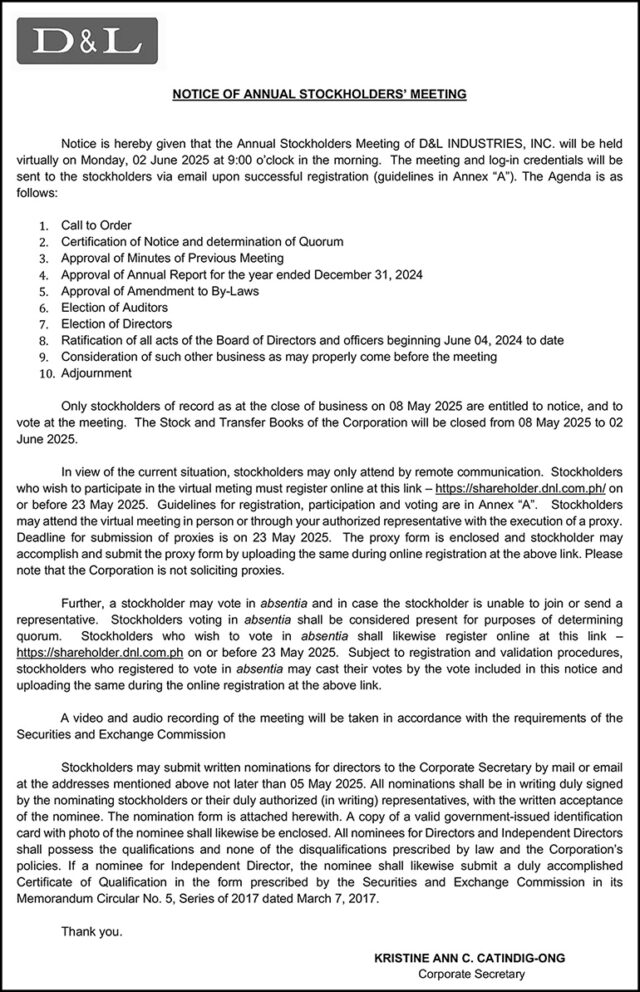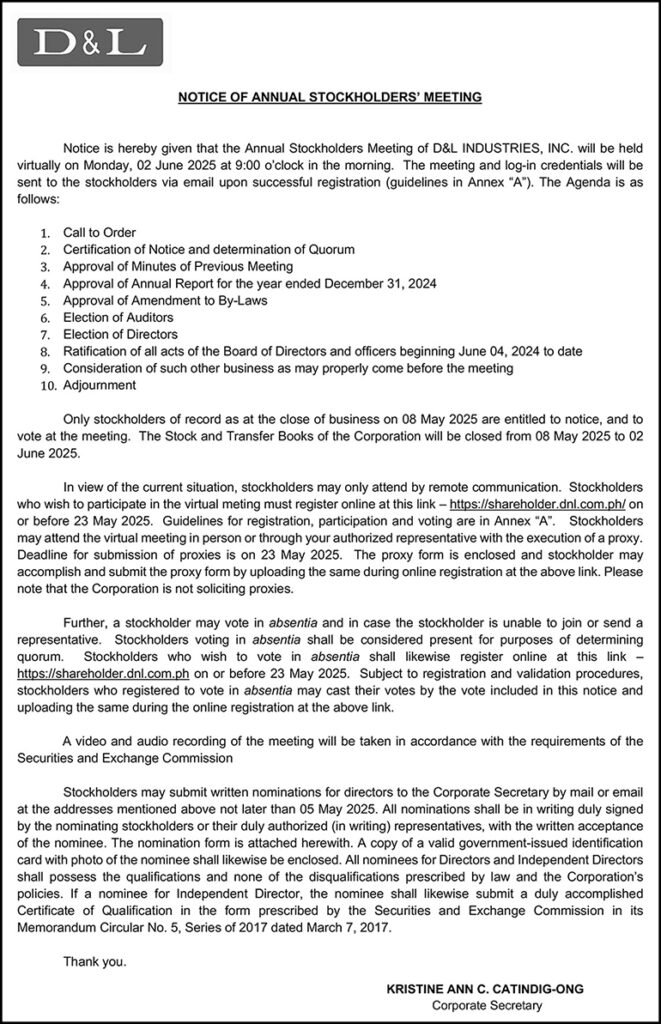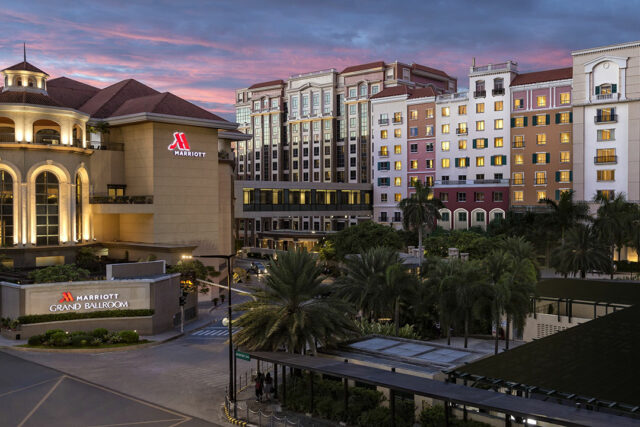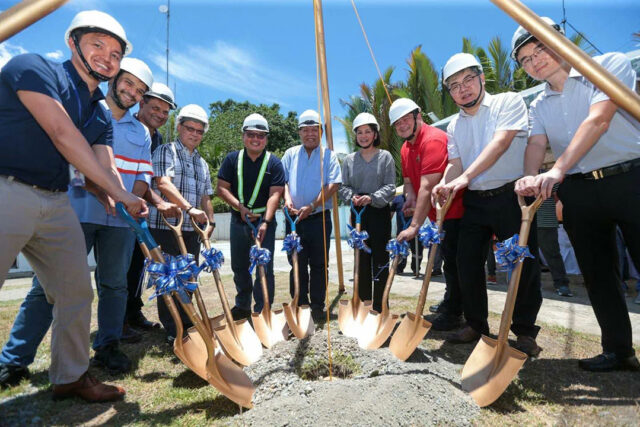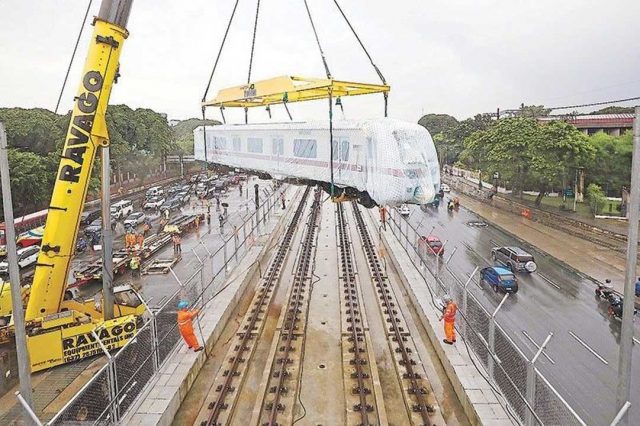IMF slashes global outlook as White House says trade talks pick up pace
WASHINGTON – Worldwide economic output will slow in the months ahead as USUS President Donald Trump’s steep tariffs on virtually all trading partners begin to bite, the International Monetary Fund said on Tuesday, as global finance chiefs swarmed Washington seeking deals with Trump’s team to lower the levies.
Indeed, the pace of negotiations was brisk, White House press secretary Karoline Leavitt said, with 18 different countries offering proposals so far and Trump’s trade negotiating team set to meet with 34 countries this week to discuss tariffs. Trump himself expressed optimism that a trade deal with China could “substantially” cut tariffs, lifting markets.
After setting a baseline import tax of 10% and much higher on dozens of countries earlier this month, Trump abruptly put the steeper levies on hold for 90 days for countries to try to negotiate less stringent rates.
The talks blitz is occurring after hundreds of finance and trade delegates arrived for the spring meetings of the IMF and World Bank Group, almost all with the singular mission of inking a deal to ease the hefty tariffs burden Trump has imposed on US goods imports since beginning his second stint in the White House in January.
With tariffs on goods coming into the world’s No. 1 economy now at their highest in a century, the IMF projects global growth in 2025 will slow to 2.8% – its poorest showing since the COVID-19 pandemic – from 3.3% in 2024.
And it is not just a pain being visited upon others: US gross domestic product growth will drop by a full percentage point to just 1.8% in 2025 from 2.8% last year, the IMF forecast, with “notable” upward revisions to inflation as the cost of imports climbs.
Another big victim of the fallout is China, with the IMF slashing its growth outlook to 4.0% for this year and next under the weight of crushing import taxes of 145% now levied against imports to the US from the world’s largest goods producer.
China has retaliated with 125% tariffs of its own on goods from the US, effectively resulting in a trade embargo between the largest two economies, a standstill that US Treasury Secretary Scott Bessent has said neither sees as sustainable.
According to a person who heard Bessent’s closed-door presentation on Tuesday to investors at a JP Morgan conference in Washington, Bessent believes there will be a de-escalation in US-China trade tensions but described future negotiations with Beijing as a “slog” that has not started yet.
TRUMP ON CHINA
Later on Tuesday, Trump expressed optimism that he would make progress with China that would substantially lower tariffs on their imports but also warned that “if they don’t make a deal, we’ll set the deal.”
Trump said a deal would result in “substantially” lower tariffs on Chinese goods.
“It won’t be that high,” Trump said when asked about the current rates. “It won’t be anywhere near that.”
He added that “it won’t be zero.”
US stocks jumped in extended trade following Trump’s comments, with Amazon and Nvidia gaining 3% each and Apple rising 2%.
While talks have been slow to start with China, Bessent and other members of Trump’s trade team have been pressing on with other key trading partners, though details are scant and no firm deals have been reached so far.
The US and Japan, for one, are moving closer to an interim arrangement on trade, a person familiar with the matter told Reuters, but many of the biggest issues are being put off. Such an interim framework will not tackle the thorniest issues facing the two countries in their trade relationship, and it was still possible that no final deal could be reached, the person said on condition of anonymity.
That movement comes after the US and India said during a visit there by Vice President JD Vance that they had agreed to the broad scope of negotiations. While the two sides touted it as significant progress, agreeing to the so-called “Terms of Reference” mostly provides a roadmap for more extensive talks ahead.
Meanwhile, a number of US companies reporting first-quarter results said tariffs are having an effect on business.
Consumer giant Kimberly-Clark said tariffs would cost it about $300 million this year, with CEO Michael Hsu noting “the breadth and degree of tariffs and also the countries involved have changed significantly since maybe where we were at the end of the last quarter.”
GE Aerospace CEO Larry Culp told Reuters he recently met with Trump and urged him to restore a tariff-free regime for the aerospace industry that existed under a 1979 agreement. Culp said the company’s position was “understood” by the administration, but added “it’s not the only item they’re solving for.”
GE Aerospace hung onto its outlook for the year, despite the cost of tariffs. “We’ll continue to press this point respectfully in the hopes that we can re-establish in effect what we had prior to the recent tariff moves,” he said in the interview.
The affirmation of its outlook helped lift GE Aerospace shares by more than 5%. Indeed, investors rattled over the past two months by Trump’s harsh tariffs and erratic approach to imposing them seemed to find some solace among the earnings being reported. The S&P 500, on the heels of another steep down day on Monday, rose about 2.5% on Tuesday.
(Reporting by Andrea Shalal, David Lawder, Nupur Anand, Trevor Hunnicutt, Brendan O’Brien, Nandita Bose, Steve Holland, Noel Randewich, Rajesh Kumar Singh, Savyata Mishra, and Neil J Kanatt; Writing by Dan Burns; Editing by Colleen Jenkins and Andrea Ricci)



